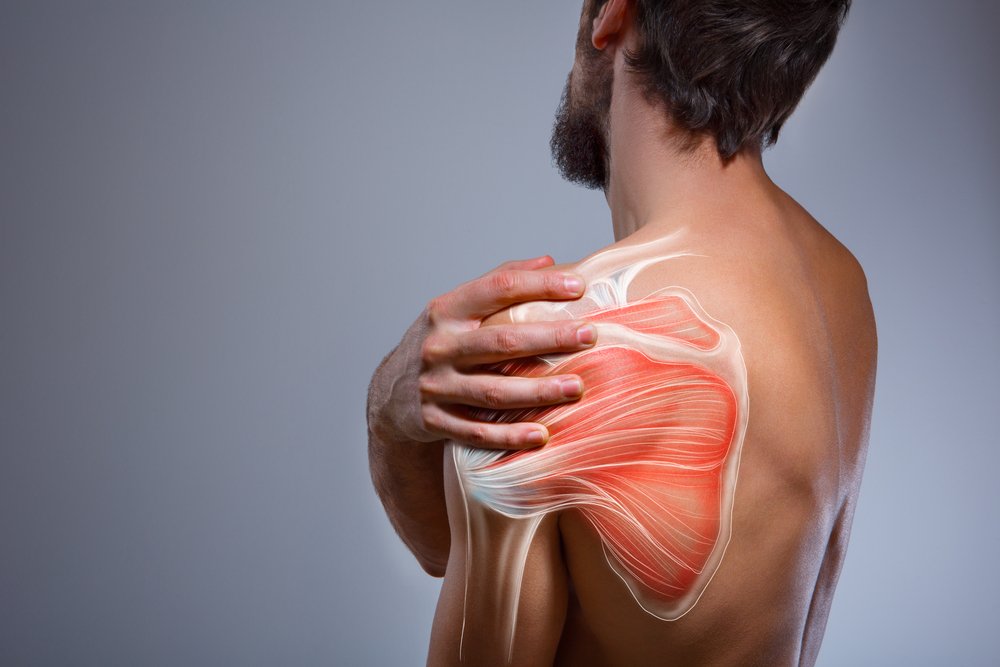An innate component of human survival, pain is the body’s natural alert system. It alerts us to problems and begs for our attention. Pain, no matter how intense or how mild, conveys vital information about the state of the body. It’s not always easy to translate the language of sorrow, though. Pain can be physical, emotional, or psychological, and its cues can occasionally be unclear or misunderstood. We must investigate the different ways the body communicates and what it is attempting to say if we are to fully comprehend the language of pain.
This article explores the various forms of pain, the ways in which the brain interprets them, and the implications for our general well-being.
The Alarm System of the Body: How Pain Operates
1. The Pain Physiology
The intricate process of pain involves the body and brain communicating with one another. It starts when dangerous stimuli like heat, pressure, or damage are detected by particular nerve receptors called nociceptors. These nociceptors transmit impulses to the brain, which registers pain, via the spinal cord.
Nociceptors can be divided into two categories:
Automated Nociceptors:
When there is physical harm, like wounds, bruises, or fractured bones, they react.
Thermal Nociceptors:
These are sensitive to extremely high or low temperatures, which can cause skin burns or freezing.
After the signal enters the brain, it is analyzed and a response is initiated, which may involve addressing the underlying problem or removing oneself from the area of pain.
2. Differences Between Acute and Chronic Pain
Acute and chronic pain are the two main classifications for pain.
Acute Pain:
This kind of pain is usually experienced immediately after an injury or illness and is transient in nature. It signals the body of an impending issue, which usually goes away when the underlying cause is taken care of. When you touch a hot stove, for instance, you feel an intense agony and have to swiftly remove your hand.
Pain that lasts longer—months or even years—is referred to as chronic pain. It may appear out of the blue or emerge after an injury has healed. Chronic pain is often caused by diseases including fibromyalgia, migraines, and arthritis. In contrast to acute pain, chronic pain is often poorly understood and treated since it lacks a clear cause.
3. The Interpretation of Pain by the Brain
The brain plays a key role in deciphering the messages that nociceptors send. However, pain perception is more complex than a straightforward 1:1 relationship between an injury and a feeling. Our perception of pain is influenced by context, emotional states, and past experiences.
For example, diversion or happy emotions might lessen the intensity of pain, but tension or fear can increase it. Because the brain interprets pain subjectively, two people may perceive the same injury in various ways depending on their emotional and mental states.
The Psychological and Emotional Aspects of Pain
1. Emotional Pain: An Alternative Form of Injury
Emotional pain is real and powerful, even if physical pain is frequently simpler to identify and more noticeable. Emotional distress can originate from experiences of trauma, loss, rejection, or unsolved personal matters. It frequently presents as physical symptoms such headaches, stomachaches, or exhaustion.
Anxiety and Pain:
“Heartache” is more than simply a metaphor. Research has indicated that emotional pain, such as bereavement from a loved one’s passing or heartburn from a failed relationship, triggers the same brain regions as physical pain. This relationship emphasizes how deeply emotional and physical experiences are entwined.
Psychological Trauma:
Trauma can cause long-lasting emotional wounds that show up as discomfort in the body. People who have gone through a lot of trauma may have persistent pain issues, like tension headaches or back pain, which are related to their mental health.
2. The Effect of Mental Health on Perceived Pain
Mental health and pain are intimately related. Anxiety and depressive disorders have the ability to both cause and worsen physical pain. Often, the body reacts to mental discomfort first. On the other hand, long-term pain can negatively impact a person’s mental health and create a vicious cycle of misery.
Anxiety:
Anxiety increases the perception of pain in the body. Anxious people have stiff muscles and heightened nervous system sensitivity, which heightens their feeling of pain. Anxiety can exacerbate the sensation of chronic pain for a person, making it feel more acute than it otherwise could.
Depression:
People with depression frequently have heightened pain sensitivity. According to studies, persons who are depressed tend to experience more pain overall and are more prone to acquire chronic pain disorders. Depression’s related emotional apathy and hopelessness can exacerbate the agony brought on by physical pain.
The Interpretation of Pain in the Mind-Body Connection
1. Stress’s Function in Physical Pain
One major factor that contributes to physical pain is stress. In addition to other symptoms, persistent stress can lead to headaches, gastrointestinal issues, and tense muscles. Stress triggers the body’s fight-or-flight reaction, which causes an increase in heart rate, contraction of muscles, and heightened sensitivity to pain. Chronic stress might eventually cause pain-related disorders like tension headaches, migraines, and even heart disease.
2. Psychosomatic Pain: The Induction of Physical Symptoms by the Mind
When psychological problems show themselves as physical symptoms, it is called psychosomatic pain. This kind of pain is real and not imagined; instead, it originates from emotional or mental suffering as opposed to physical harm. Gestural problems, neck pain, and back pain are typical psychosomatic complaints. The body frequently uses these symptoms as a means of expressing unresolved psychological or emotional problems.
Persistent Stress and Tense Muscles: Chronic muscle tension, particularly in the neck, shoulders, and back, can result from ongoing stress. Even in cases when there is no physical harm, this stress can result in chronic discomfort.
Emotional Suppression:
Physical signs of discomfort can arise from suppressing emotions such as fear, grief, or rage. These unresolved feelings are stored by the body and might eventually manifest as persistent physical pain.
Understanding the Language of Pain by Listening to the Body
1. Pain in Signal Form: What Does Your Body Want You to Know?
Pain is the body’s way of communicating, not merely a bother that can be ignored with medicine. Pain, whether it comes from a torn muscle, a pounding headache, or a profound sense of melancholy, indicates that something has to be attended to. While denying or repressing pain may offer short-term respite, it doesn’t deal with the fundamental problem.
Acute Pain:
When you experience acute pain, you should stop doing harmful things right away and get help. It’s the body’s attempt to defend against more harm.
On the other hand, persistent discomfort could be an indication of more serious, untreated problems, be they psychological, emotional, or physical. Instead of only treating the symptoms, it’s critical to investigate the underlying cause of chronic pain.
2. All-encompassing Methods for Handling Pain
Pain has multiple dimensions, therefore treating it typically calls for an all-encompassing strategy. Long-term recovery requires addressing the psychological as well as the physical components of pain.
Physical Interventions:
Physical therapy, massage, acupuncture, and consistent exercise are among the treatments that might help reduce pain and improve mobility in cases of physical pain.
Meditation and mindfulness:
By encouraging relaxation and lowering stress, mindfulness techniques, such as meditation, can assist people in managing their pain. These techniques can also aid in redefining pain and help it become more bearable.
Emotional Support:
Treating emotional distress through therapy or counseling is equally as vital as treating physical ailments. Mental health specialists can assist people in examining the emotional causes of their suffering and creating more effective coping strategies.
In summary: The Wisdom of the Body in Pain
The body uses pain as a communication tool to let us know when something is wrong and to point us in the direction of recovery. Recognizing the language of pain—whether it be psychological, emotional, or physical—is essential to treating its underlying causes. We can more effectively navigate the silent battle of pain and get long-lasting relief by being aware of the signals our bodies convey and looking for holistic remedies that take care of both the body and the mind. By paying attention to the body’s knowledge, we can learn from pain as well as alleviate it, gaining understanding of our general physical and mental well-being.



